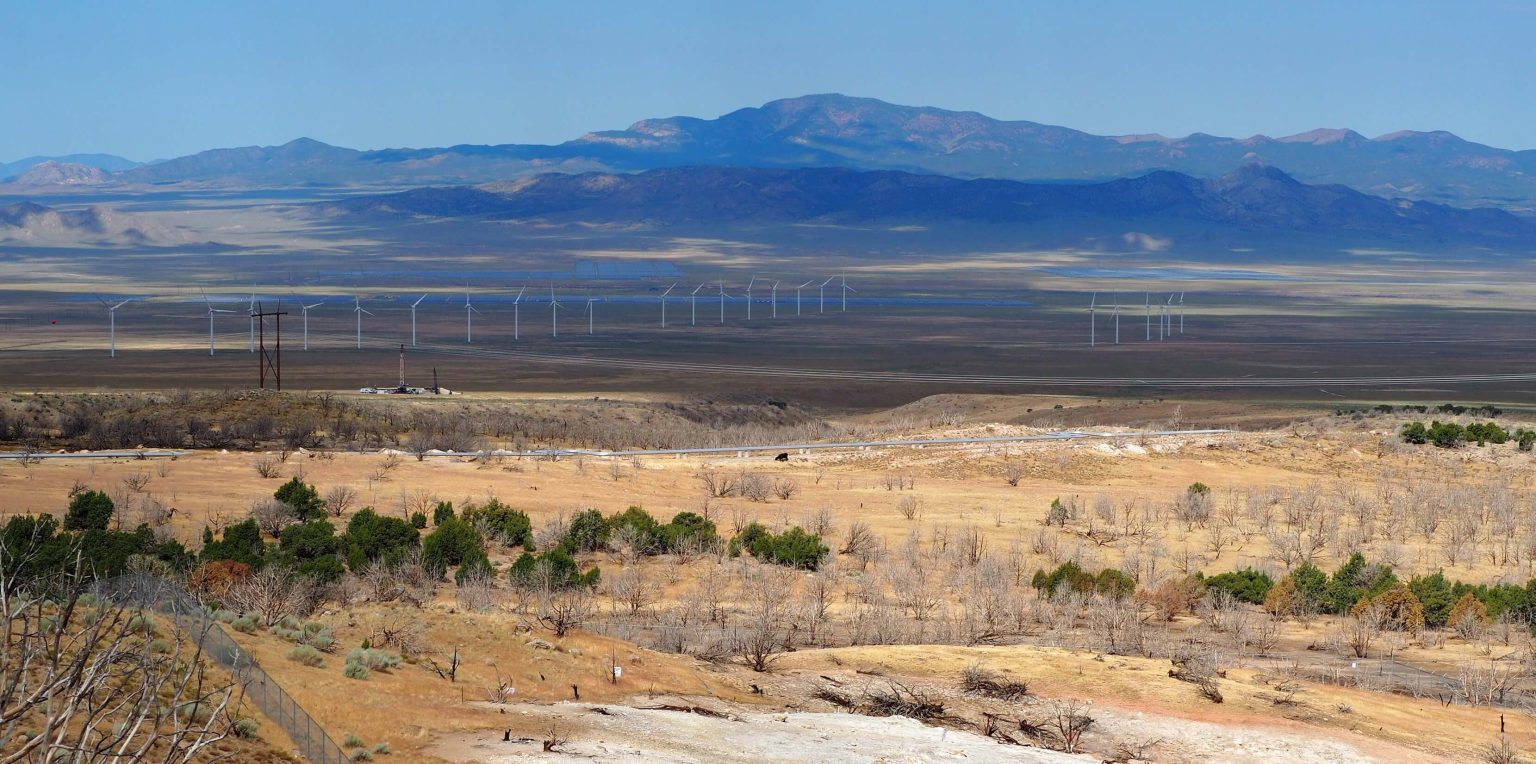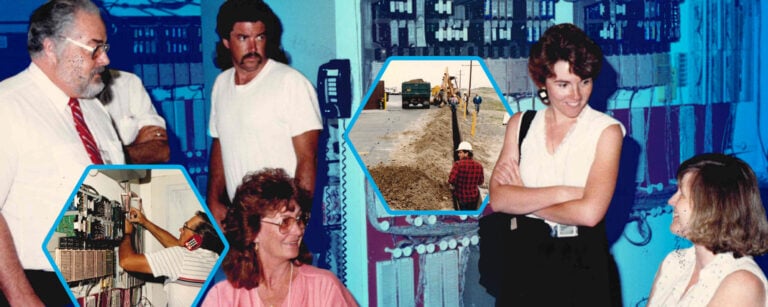Idaho National Laboratory is part of a team slated to receive up to $140 million for research and development of enhanced geothermal systems at a site in central Utah.
The U.S. Department of Energy announced in June that the University of Utah will receive funding over the next five years for cutting-edge geothermal research and development. After three years of planning, site characterization and competition, the proposed site outside of Milford, Utah, has been selected as the location of the Frontier Observatory for Research in Geothermal Energy (FORGE) field laboratory. This FORGE site is dedicated to research on enhanced geothermal systems (EGS) and enabling technologies.
Enhanced geothermal systems are geothermal reservoirs where there is hot rock but limited pathways through which fluid can flow. In EGS development, drilling a pair of wells from the surface into the hot subsurface rock and injecting fluid opens or reopens fractures — enabling water to carry energy back to the surface and generate electricity. It has been estimated that EGS has the potential to provide up to more than 100 gigawatts of electricity to more than 100 million American homes.
Under a Work for Others agreement, an INL team led by Dr. Robert Podgorney participated in the Utah FORGE work by building an earth model (a computer representation of the subsurface structure) and the reservoir model (a computational analysis of fluid flow through the structure), using commercial and INL codes.

“Enhanced geothermal systems are the future of geothermal energy, and critical investments in EGS will help advance American leadership in clean energy innovation,” said U.S. Secretary of Energy Rick Perry in the FORGE announcement. “Funding efforts toward the next frontier in geothermal energy technologies will help diversify the United States’ domestic energy portfolio, enhance our energy access, and increase our energy security.”
Conventional geothermal resources occur naturally in the United States at sites where geologically heated water is easily accessible from the surface. These resources rely on the co-location of heat, permeability and fluid underground, but this fortuitous combination is geographically limited. Today, American geothermal electricity production is located solely in the western states, where conventional geothermal resources put about 3.8 gigawatts (GW) of electricity on the grid.
Deeper underground, however, hot rock formations can be found in the earth’s crust. It has been estimated that these formations have the potential to generate energy that until now has been inaccessible.
Enhanced geothermal is how DOE proposes to extract that energy, and FORGE has been envisioned as a laboratory where scientists and researchers can learn how to engineer these manmade systems. This field laboratory will not create energy; rather, it will test techniques and methods that might be used in other EGS wells. The geothermal community will gain a fundamental understanding of the key mechanisms controlling EGS success. FORGE will allow researchers to develop, test and improve new techniques in an ideal EGS environment, then rapidly disseminate technical data.
The next phase of the project will focus on building out the infrastructure in preparation for a spring 2019 opening. Podgorney said INL will contribute in the following areas:
- Assist in the implementation of updated geologic and geomechanics models.
- Supervise and coordinate development of the earth model.
- Coordinate and conduct Dynamic Reservoir Modeling activities that will inform drilling and stimulation of the production and injection wells.






